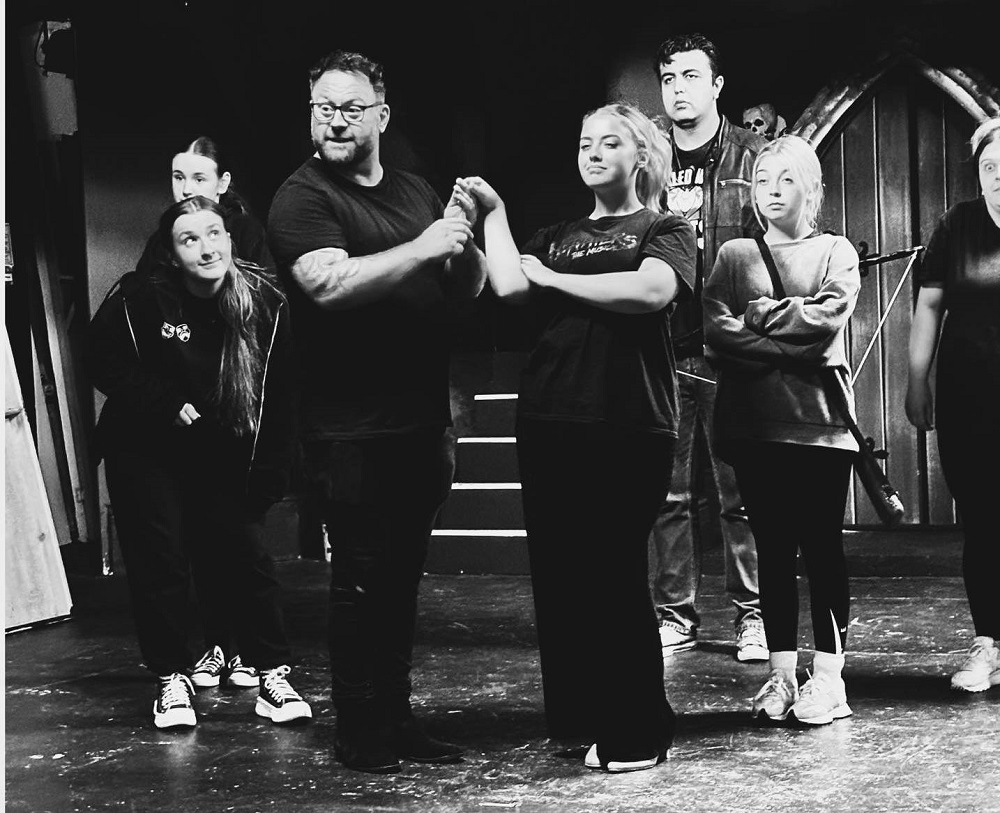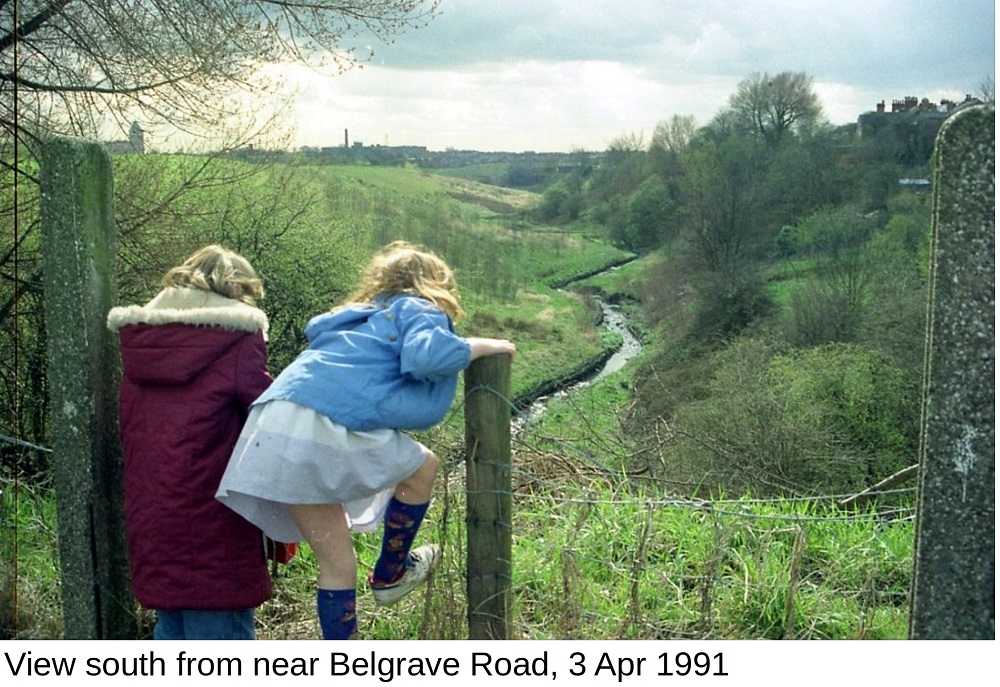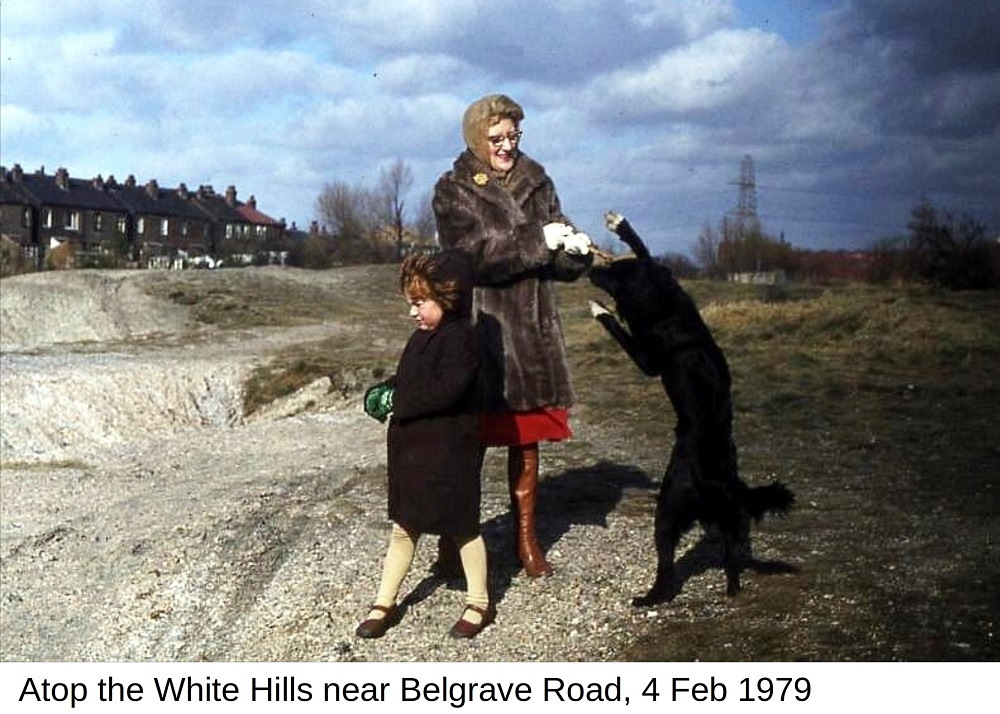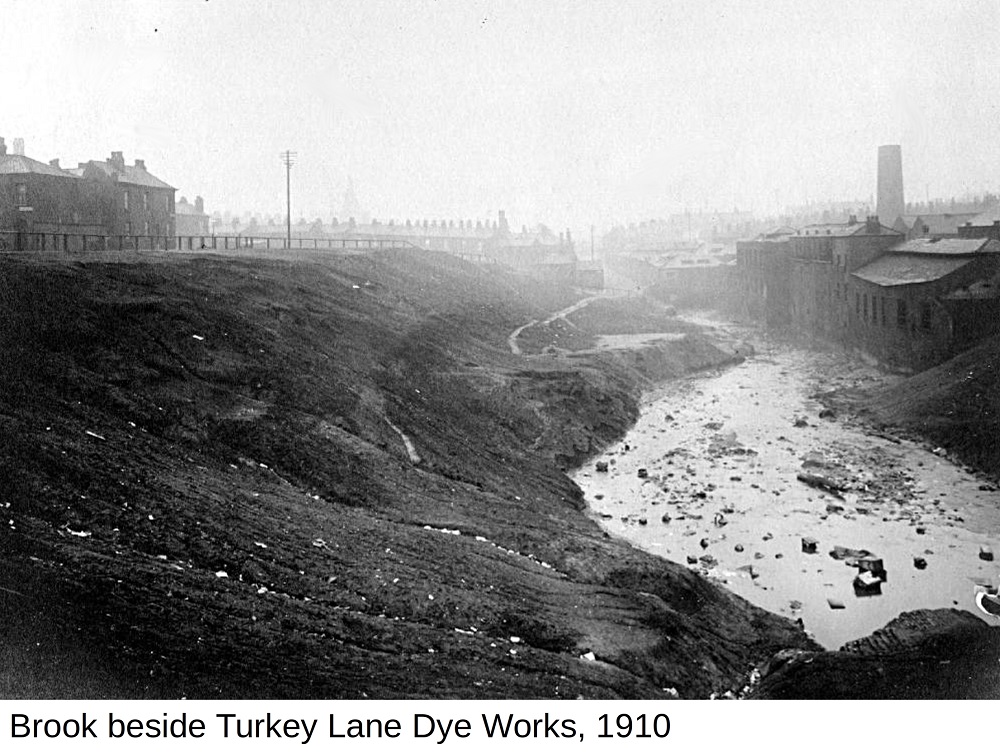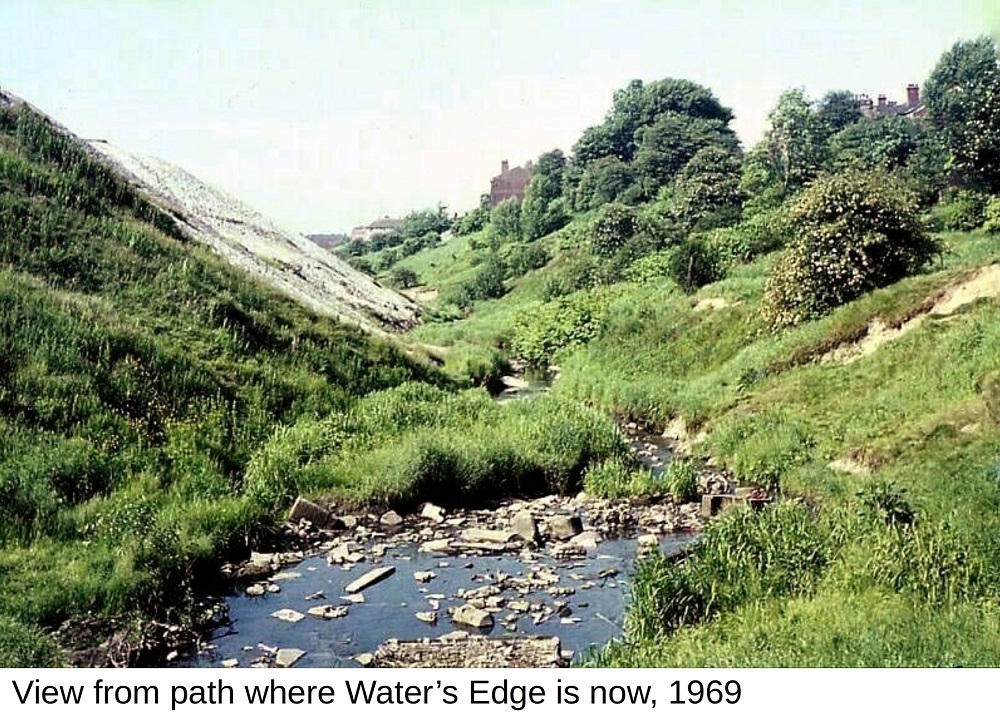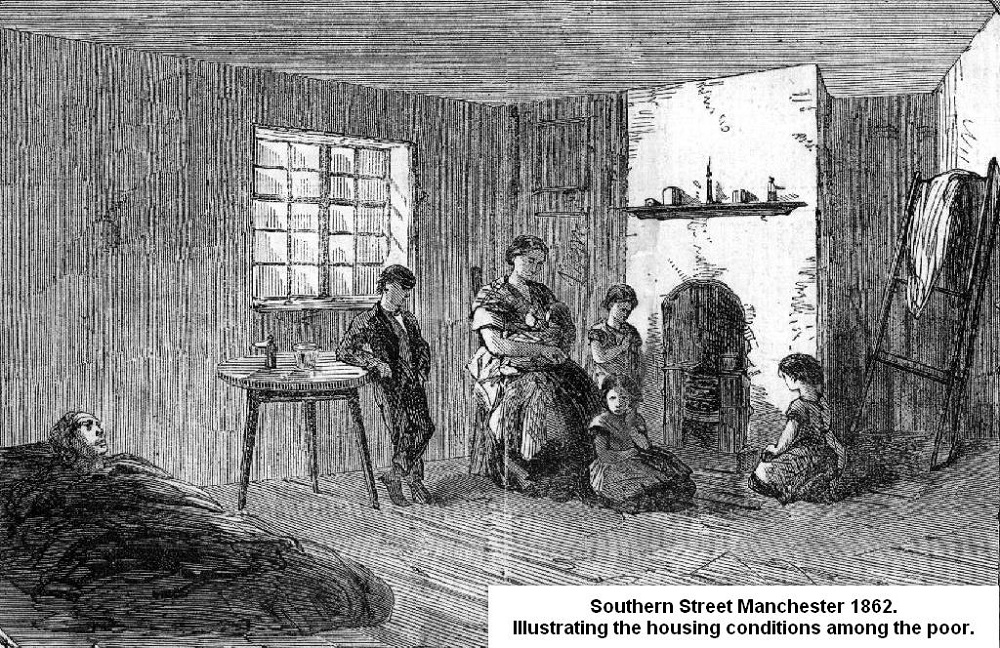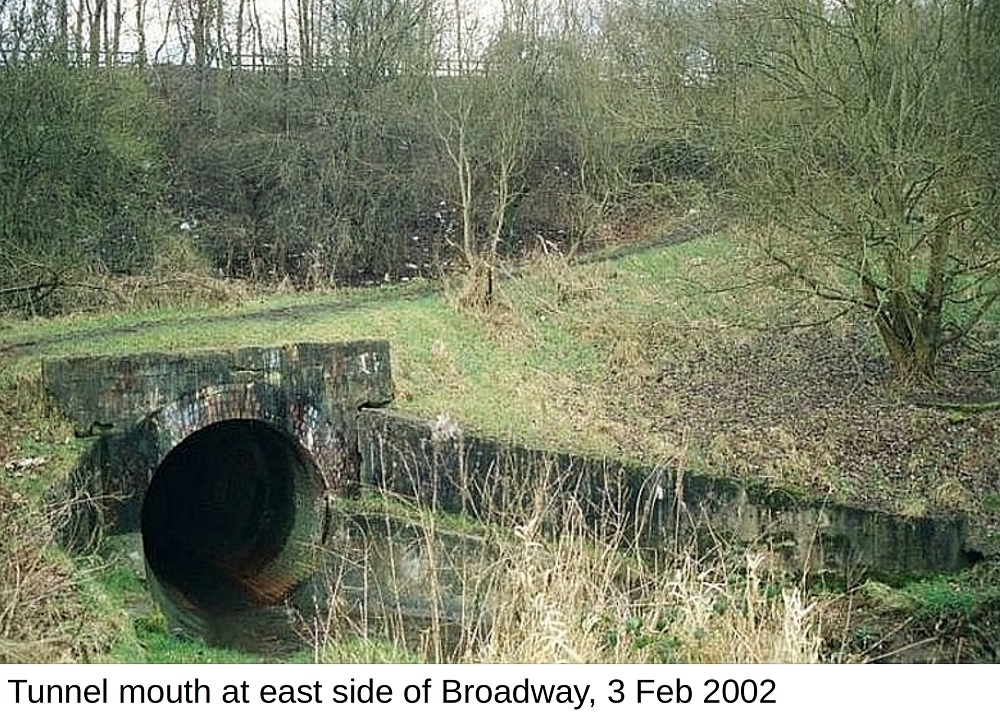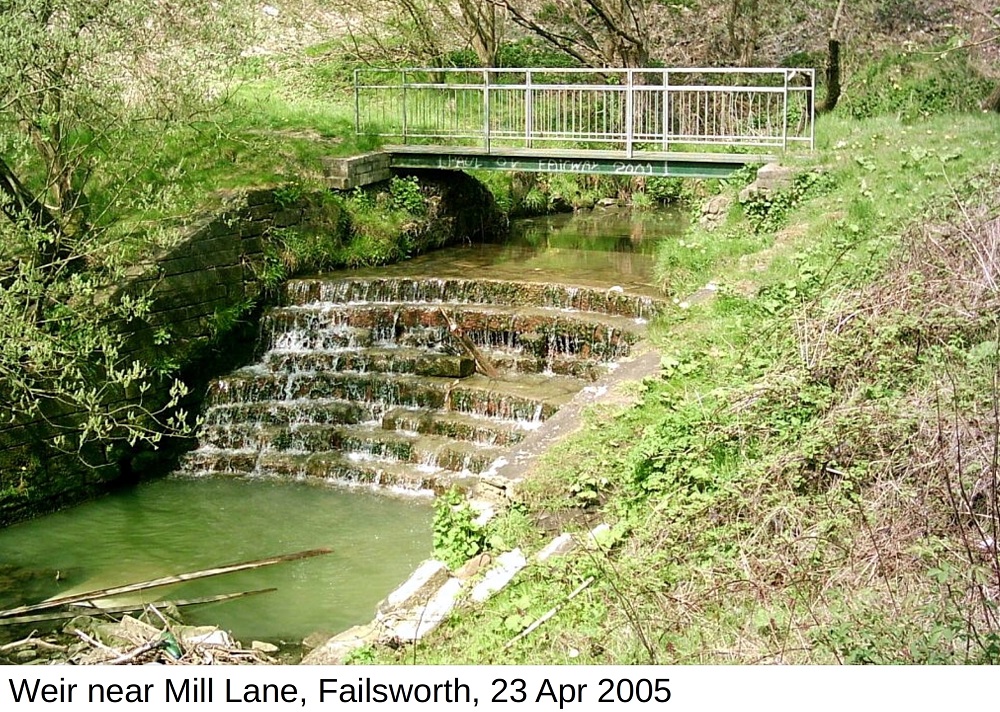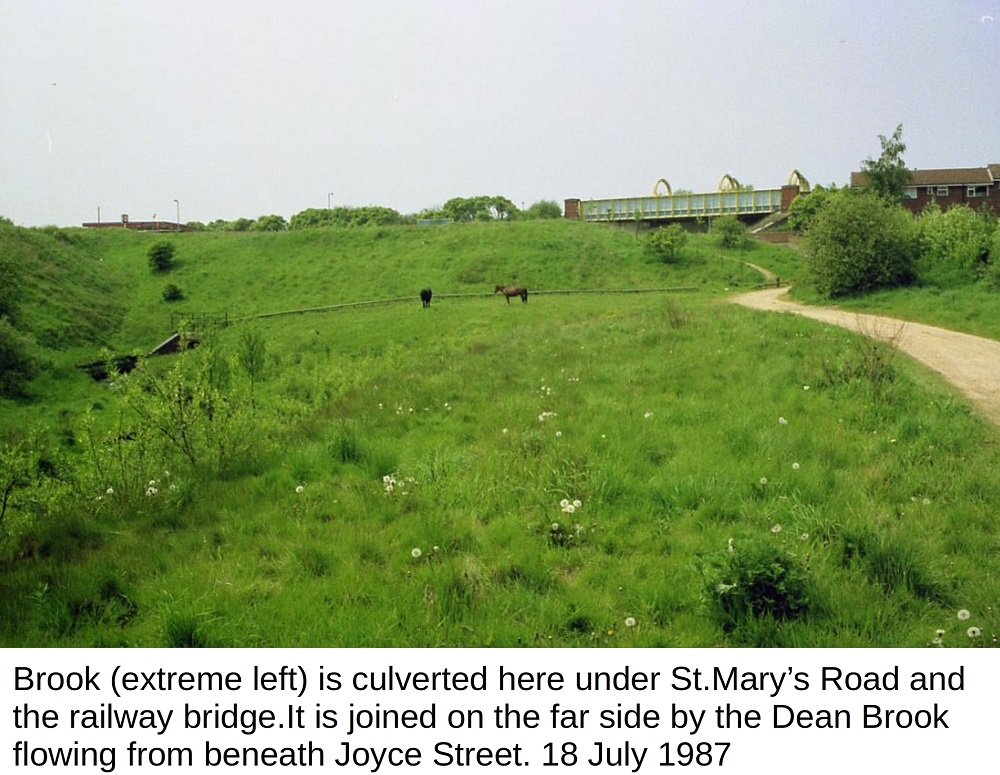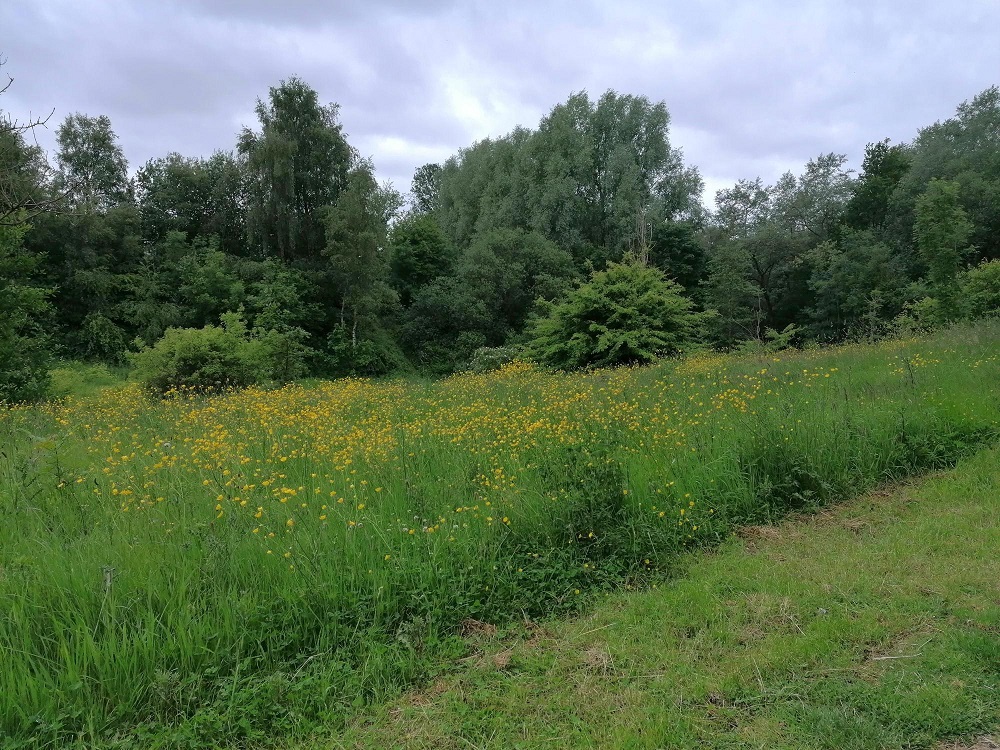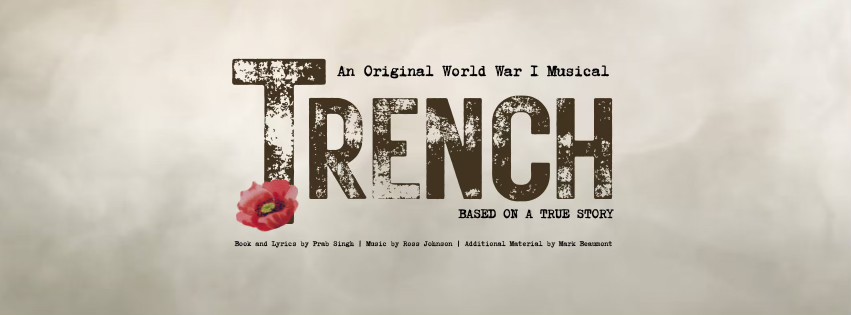
Six years ago, in November 2018, I walked through the door at NTWAC (North West Theatre Arts Company) for the first time. The theatre is situated on Lightbowne Rd, Moston and I’ve been through that same door many times since.
I was there that evening to watch a musical called ‘Trench’. I had no idea what to expect but the performance moved me so much I wrote my first ever review at 5am the following morning.
This week, to coincide with remembrance, NTWAC performed Trench for a second time and I jumped at a chance to see it again. Would it, could it be as good?
It might be worth at this point explaining who NWTAC are and what they do. So, in their own words…
About NWTAC: Formed in 2009, in north Manchester, to continue to encourage young people in the performing arts, the North West Theatre Arts Company CIC (NWTAC) delivers a full and varied programme of productions throughout the year.
Based at NWTAC Theatre in Moston, NWTAC runs the North West Stage School (NWSS), training young people from the ages of 7 to 24 in the performing arts; in preparation for academic drama courses, a career in the industry, or simply as a hobby.
Since the company was formed, it has staged a considerable number of well-received productions, gaining a reputation for a unique style and professional experience from beginning to end.
NWTAC aims to create a creative arts ‘hub’ for the north providing affordable working space, productions, classes, and sessions for all within the community.
The Managing Director, Prab Singh, wrote the story himself following conversations his wife’s grandmother, Peggy. It’s not about war but rather a love story. The words, lyrics, thoughts and feelings are taken from true accounts from letters, journals and factual recollections.
Trench is in honour of Peggy, her friends, their boyfriends and husbands whose lives were changed forever fighting for a cause that wasn’t theirs. It was written so that we would never forget what they went through and what they sacrificed.
Was the performance as good this time around? Of course it was. This is NWTAC! It’s what they do, train young people to act, sing, move, perform and they’re brilliant at it.
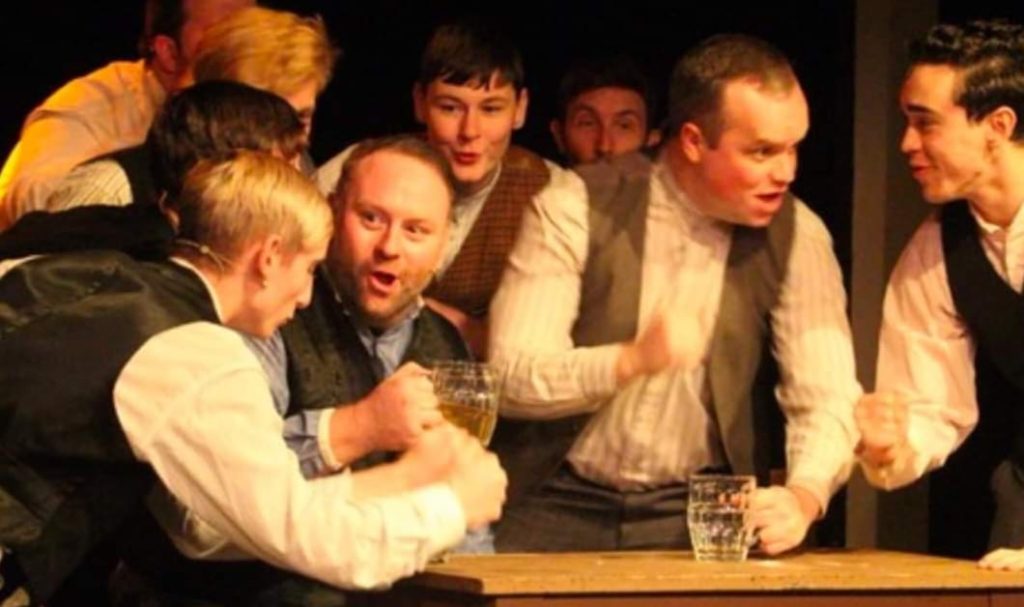
Tempany Windsor and Melissa Grimes took the lead female roles while Anthony Horricks and Billy Morrison played the leading male roles. They’re all strong vocalists with plenty of experience under their belts and they excelled themselves. Tempany and Melissa sounded like nightingales when they came together for the duets. Anthony and Billy, likewise, sang their hearts out, whilst breaking ours. A love story played out with genuine sensitivity from the whole cast.
One or two cheeky moments lighten the mood a little and make you smile but the backdrop is a horrible war and the final scene is as shocking as it should be. When they cried, we cried.
The lyrics (by Prab Singh) and music (by Ross Johnson) are inspired.
The supporting cast, the set and lighting design (Mark Beaumont), choreography (Tempany Windsor) with Bethany Singh as the Choir Mistress all bring their amazing talent to produce a wonderful musical that deserves a place in the West End. Wardrobe, sound, make-up and stage staff play their part too and it wouldn’t work without them.
Trench runs until 16th November. Remaining tickets can be purchased via NWTAC’s website here where you can find details of upcoming shows. They can also be found on the following social media platforms:
Facebook: North West Theatre Arts Company
Instagram: @NWTAC
Tiktok: @NWTAC
In 2018 Trench was my first attempt at a review, this review will probably be my last. I’m not going anywhere but like to think I’ve come full circle since joining Another Music in 2017.
Well, when I say ‘I’m not going anywhere’ I will be going to NWTAC. I’ve got eyes on tickets to next months panto and later this month there’s a two night tribute especially for Taylor Swift fans.

